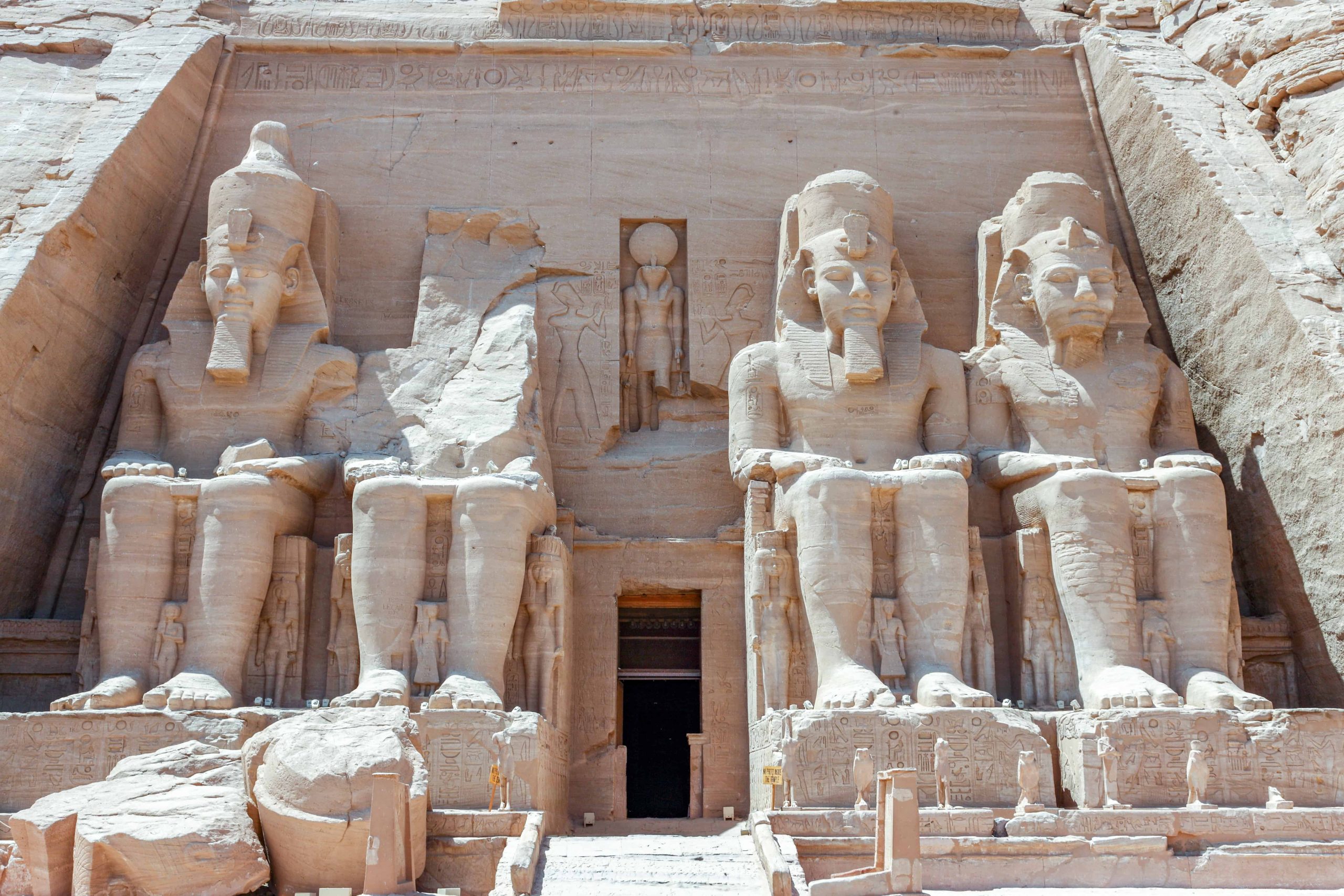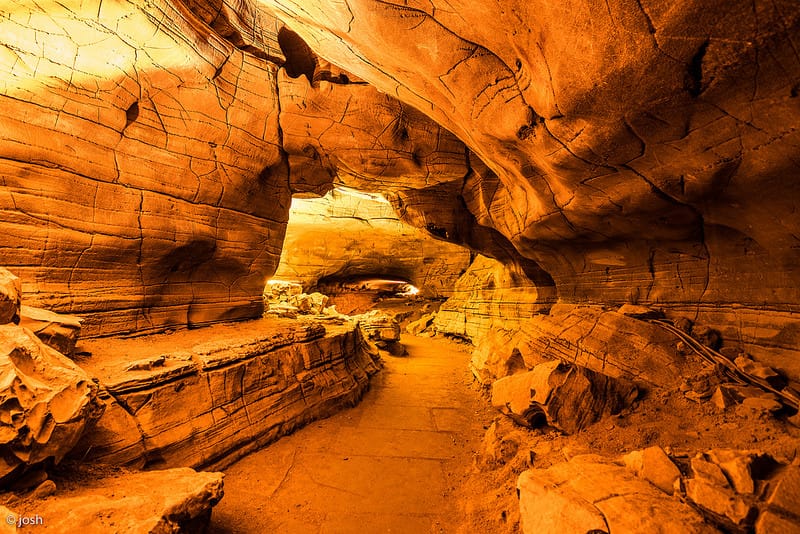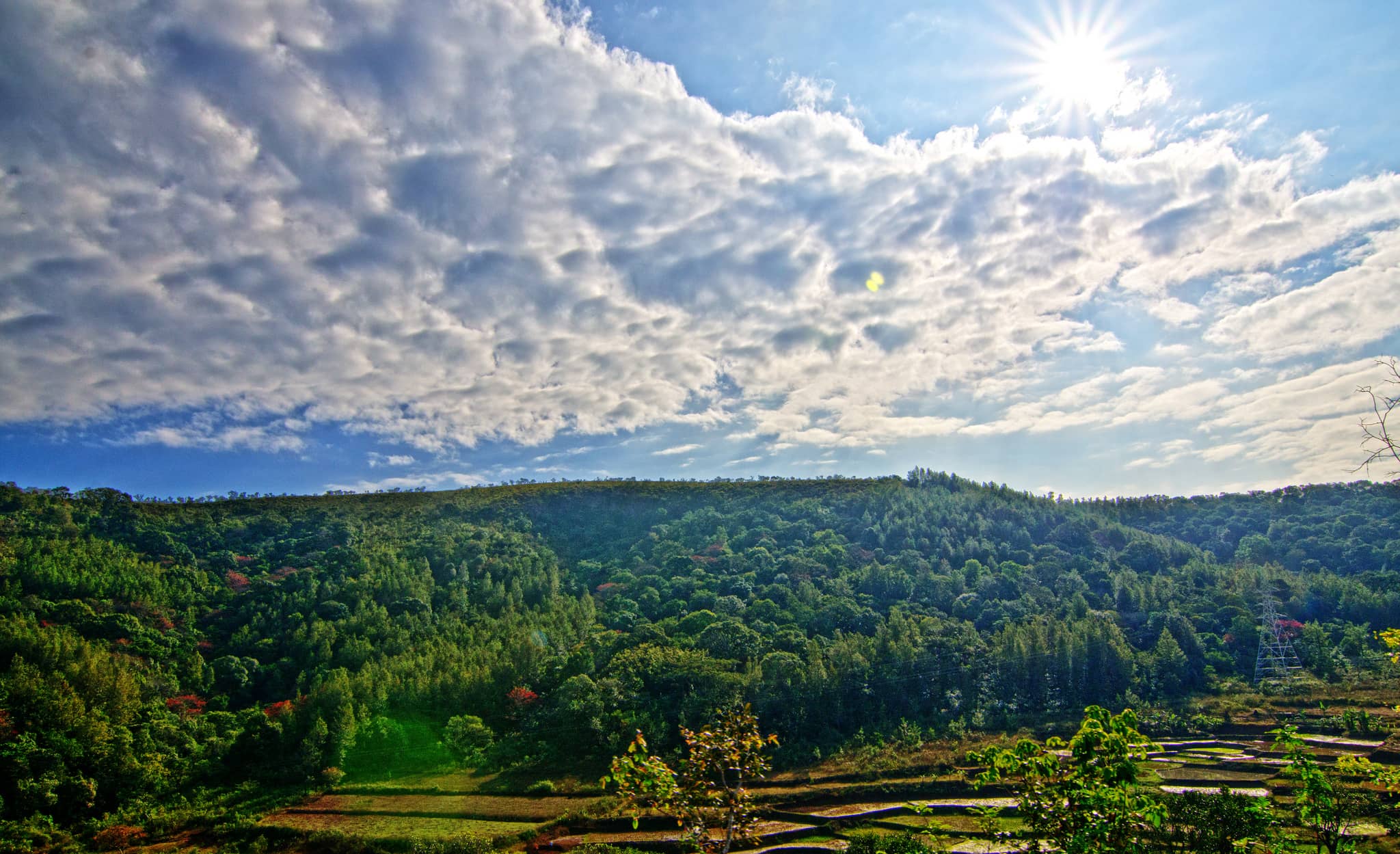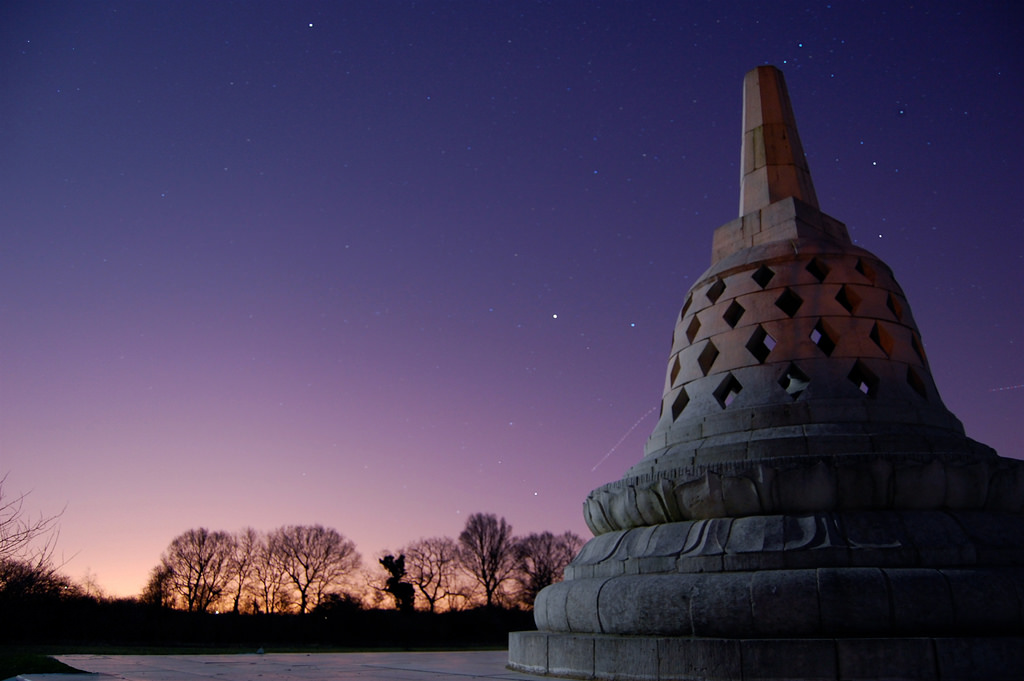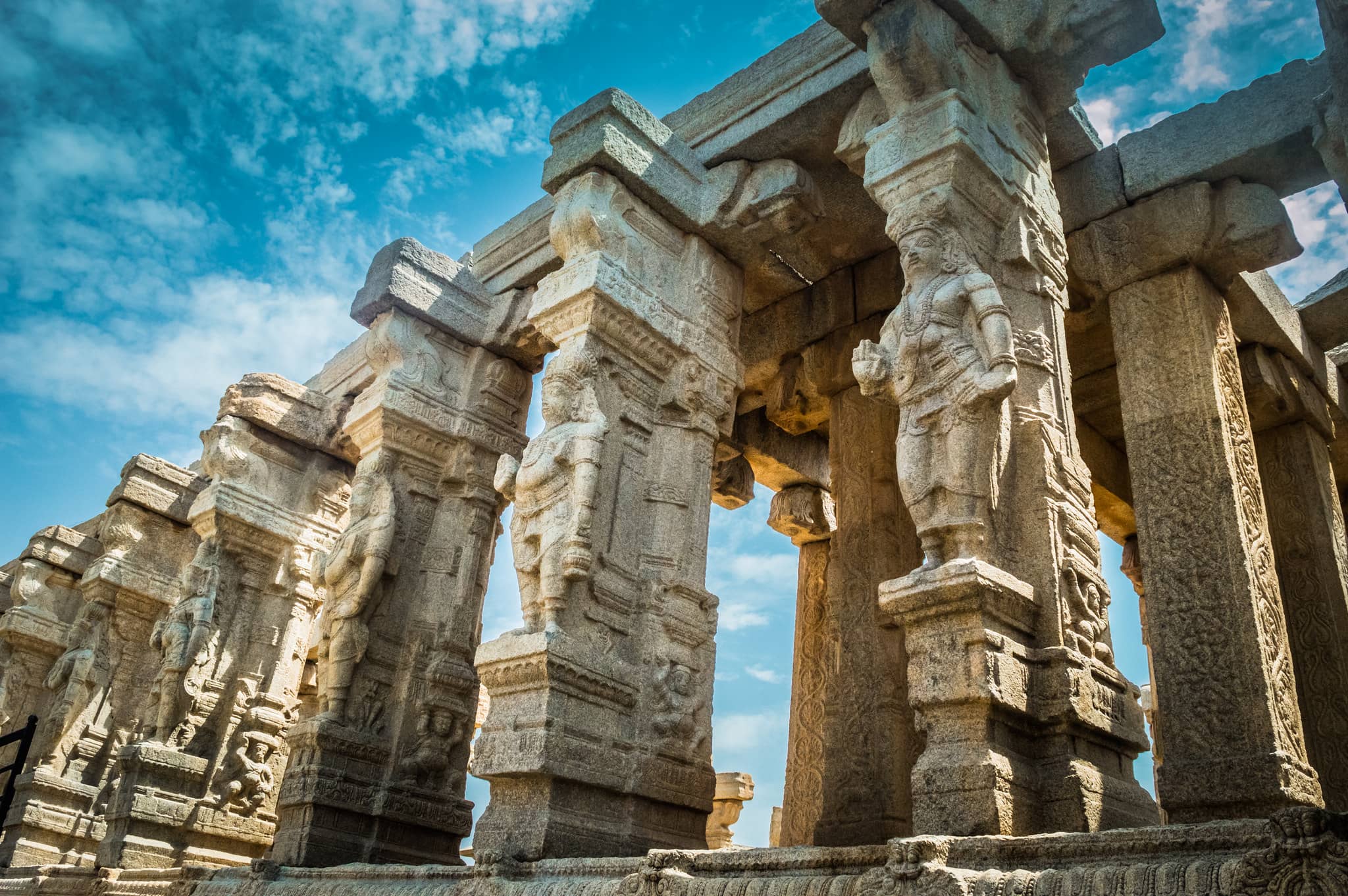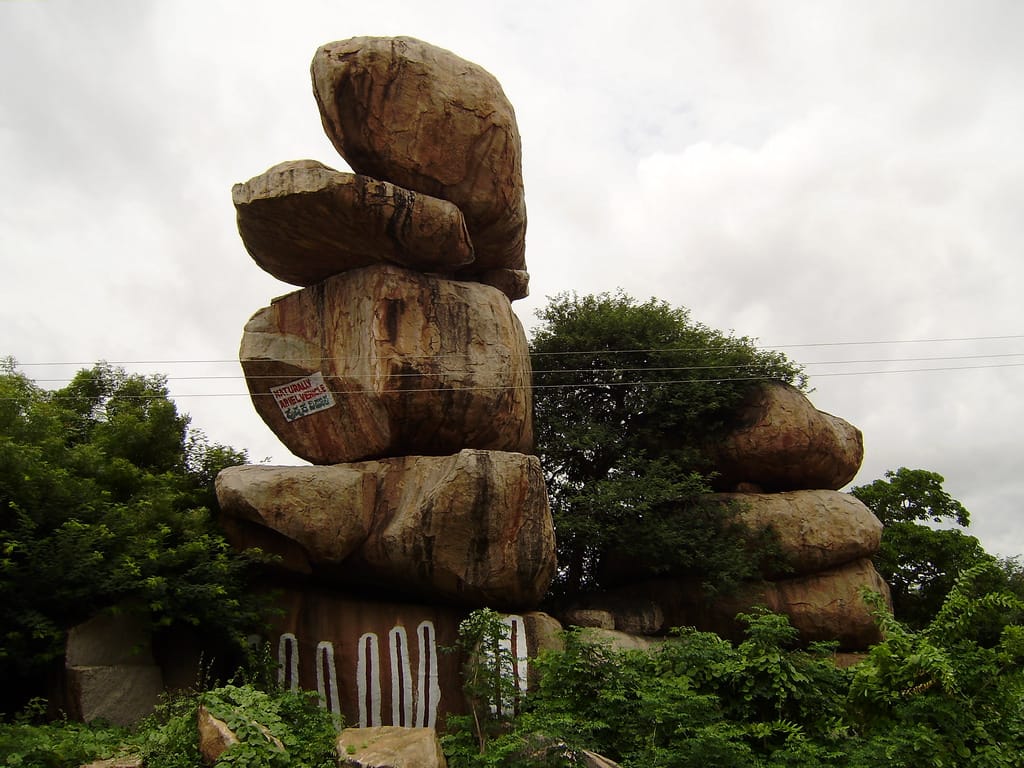Luxor is a city in southern Egypt, located on the east bank of the Nile River. It sits on the ancient site of Thebes, once the capital of the pharaohs during their peak from the 16th to the 11th century B.C. The city is home to iconic landmarks like the Luxor Temple and the massive Karnak Temple, located a mile apart. On the west bank of the Nile are the royal tombs in the Valley of the Kings and the Valley of the Queens, including the famous tomb of Tutankhamun. Visitors can explore these ancient sites, which feature statues, columns, hieroglyphs, and stunning light shows at night. The Luxor Museum and the Mummification Museum display artifacts and details on ancient Egyptian burial practices. The Mortuary Temple of Queen Hatshepsut, set against dramatic cliffs, is another highlight. Visitors can also enjoy traditional boat rides on the Nile or take hot-air balloon trips to view the city from above. Many hotels and restaurants in Luxor offer beautiful views of the river.
places to visit in Luxor
Karnak Temple

Karnak Temple, located near Luxor in Egypt, is a large complex of ruins that includes temples, chapels, pylons, and other structures. It was once the main place of worship for the god Amun during the Eighteenth Dynasty. The temple complex is a UNESCO World Heritage Site and is open to visitors, although only the largest part of the site is accessible.
Valley of the Kings

The Valley of the Kings is an ancient burial site on the west bank of the Nile, opposite Thebes. It contains the tombs of pharaohs and nobles from the New Kingdom, built over a period of nearly 500 years. The valley is part of the Theban Necropolis and includes famous tombs such as that of Tutankhamun.
Luxor Temple

Luxor Temple is an ancient Egyptian temple located on the east bank of the Nile in Luxor. Built around 1400 BCE, it is dedicated to the god Amun and known as “the southern sanctuary.” The temple, along with other nearby monuments, played a major role in the religious life of ancient Egypt.
Mortuary Temple of Hatshepsut
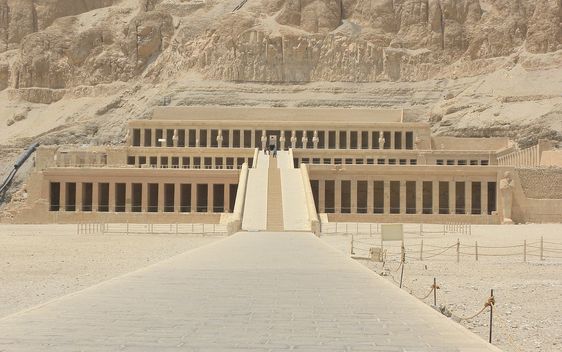
The Mortuary Temple of Hatshepsut is a remarkable monument in Upper Egypt, dedicated to both the goddess Amun and Queen Hatshepsut herself. Situated near the temple of Mentuhotep II, it is considered one of Egypt’s greatest architectural achievements and features impressive terraces and colonnades.
Colossi of Memnon

The Colossi of Memnon are two enormous statues of Pharaoh Amenhotep III. These statues, located in the Theban Necropolis, stand on the west bank of the Nile and depict the pharaoh sitting on his throne. The statues are famous for their size and the mystical “singing” sound they were said to make at dawn.
Deir el-Bahari

Deir el-Bahari is a complex of mortuary temples and tombs on the west bank of the Nile, opposite Luxor. It is a UNESCO World Heritage Site and includes significant structures like the temple of Mentuhotep II and the temples built by Hatshepsut and Amenhotep I.
Mortuary Temple
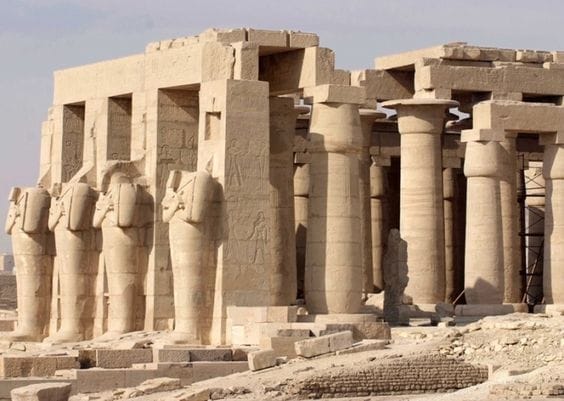
In ancient Egypt, mortuary temples were built next to royal tombs. These temples were intended to honor the pharaohs and served as places for the king’s cult worship after their death. They were important for maintaining the memory of the ruler.
Valley of the Queens
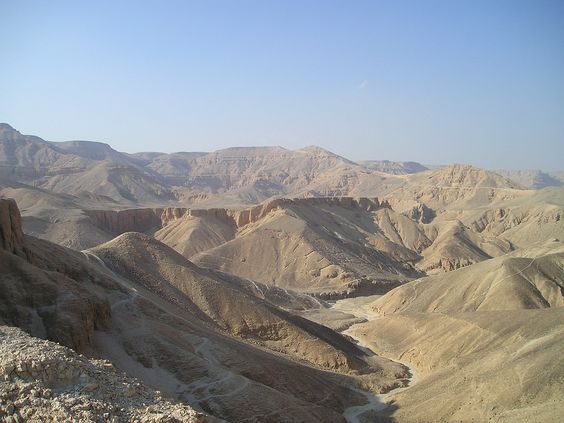
The Valley of the Queens, also located on the west bank of the Nile, was the burial place for the wives of the pharaohs. It is known for its elaborate tombs, and many of Egypt’s queens were laid to rest there, including famous tombs like that of Queen Nefertari.
Ramesseum
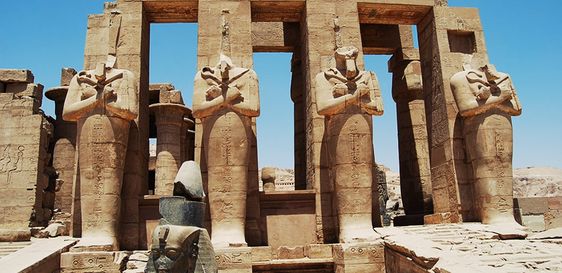
The Ramesseum is a mortuary temple dedicated to Pharaoh Ramesses II. Located on the west bank of the Nile near Luxor, the temple follows traditional New Kingdom temple architecture, with impressive pylons and a large courtyard. It was designed to honor the pharaoh’s reign and his legacy.
Tombs of the Nobles

The Tombs of the Nobles are burial sites for courtiers and important figures of ancient Egypt. Located in the Theban Necropolis, these tombs are decorated with vivid scenes of daily life and are an important archaeological site. There are over 400 catalogued tombs in the area.
Best time to visit Luxor
The best time to visit Luxor is during the months of March to April and October to November. These months offer mild and comfortable weather, making it ideal for exploring the ancient sites. The temperatures are not too hot, allowing visitors to enjoy outdoor activities. It’s also less crowded compared to the peak summer season. This makes it a perfect time for sightseeing without the intense heat.
